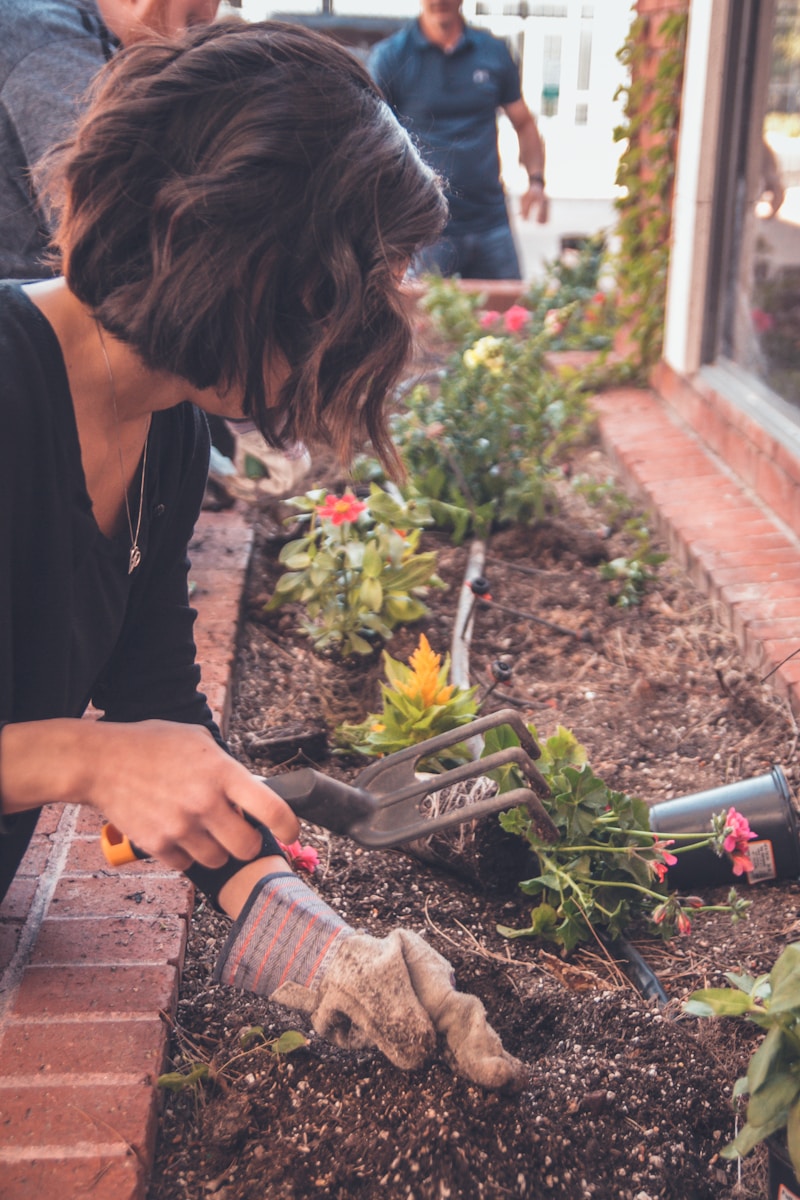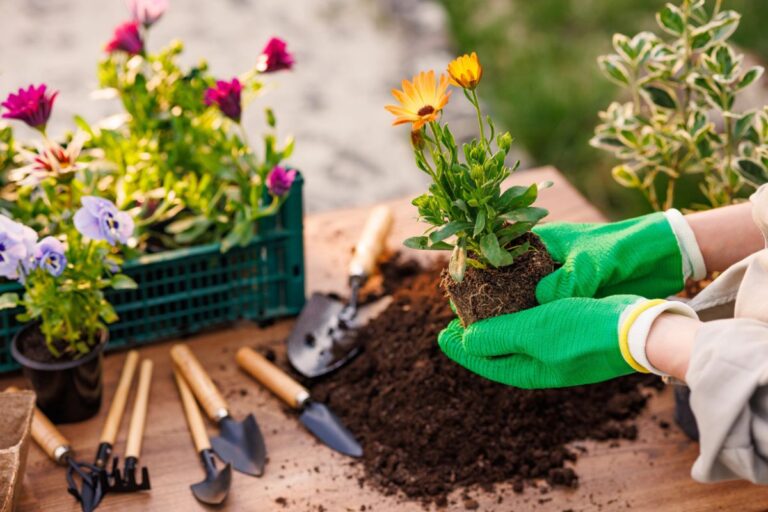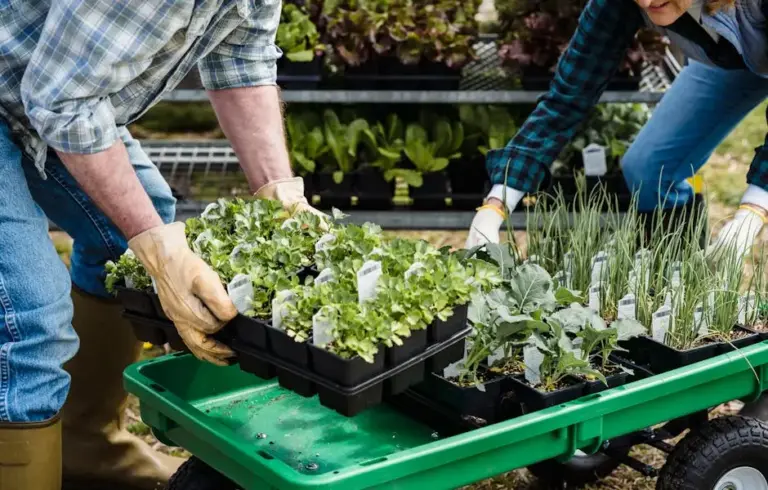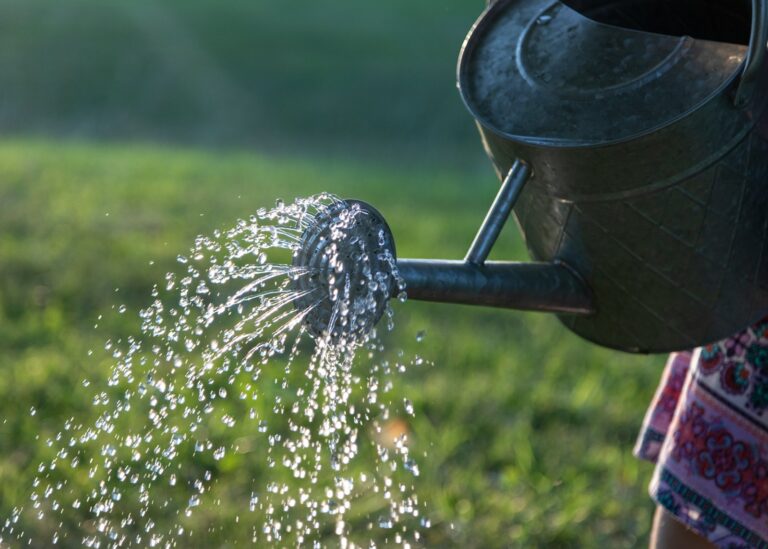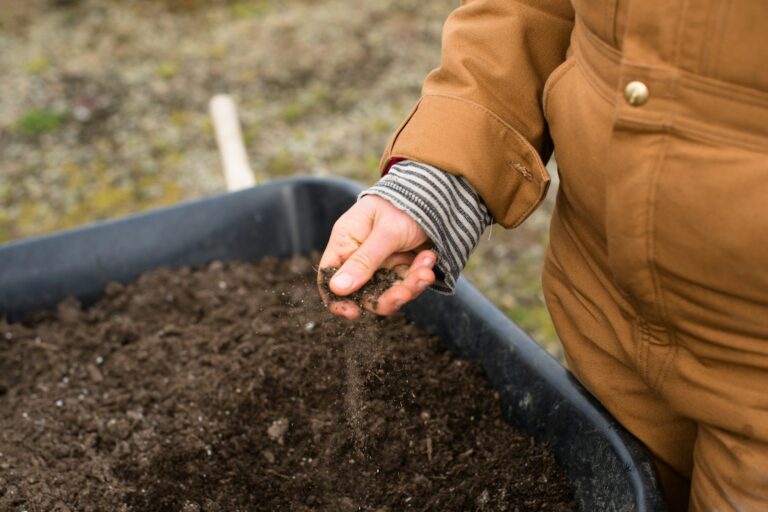Simple Ways to Prepare Garden Beds for Spring During Fall for a Thriving Garden
There’s something satisfying about getting your hands dirty in the garden, especially when you know it will pay off next spring. If you’ve ever looked out at your garden beds after summer and wondered what to do next, fall is the perfect time to get ahead.
By taking a few easy steps now, you’ll set yourself up for a lush, productive garden when the weather warms up. A little effort in autumn can make all the difference when planting season rolls around.
Clear out dead plants and debris from garden beds
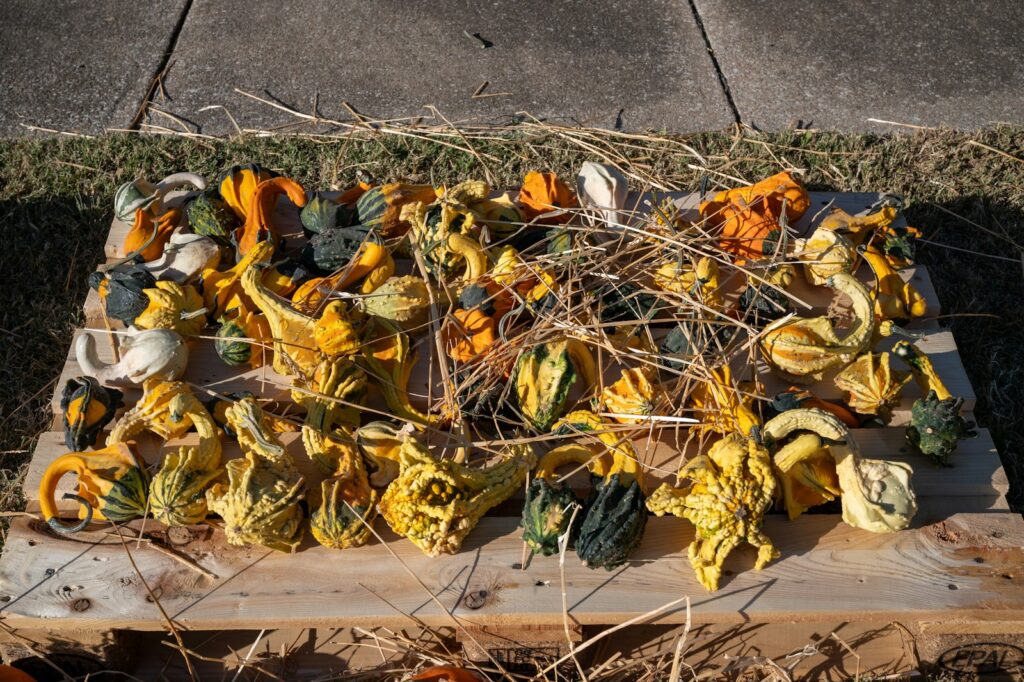
Start by pulling out any dead plants from your garden beds. Remove withered stems, leaves, and roots to make space for new growth.
Clearing away fallen leaves, sticks, and other debris gives your soil a chance to breathe. Use a rake or your hands to gather everything up.
Weeds should be pulled out before their roots get too deep. They compete with your future plants for nutrients and space.
If the soil feels compacted, loosen it gently with a garden fork. This helps water and air reach plant roots better.
Test the soil pH and nutrient levels
Before planting, test your soil’s pH and nutrient levels. This shows what your garden bed might need to help plants thrive.
You can use a simple meter, pH strips, or send a sample to a lab for accurate results. Clean soil samples and distilled water help with DIY tests.
Checking for nutrients like nitrogen, phosphorus, and potassium lets you know if your soil has enough food for plants. Test kits or lab samples both work.
Knowing your soil’s pH is helpful because some plants prefer acidic soil while others like it more alkaline. Adjusting pH can make nutrients more available to your plants.
Add compost to enrich the soil
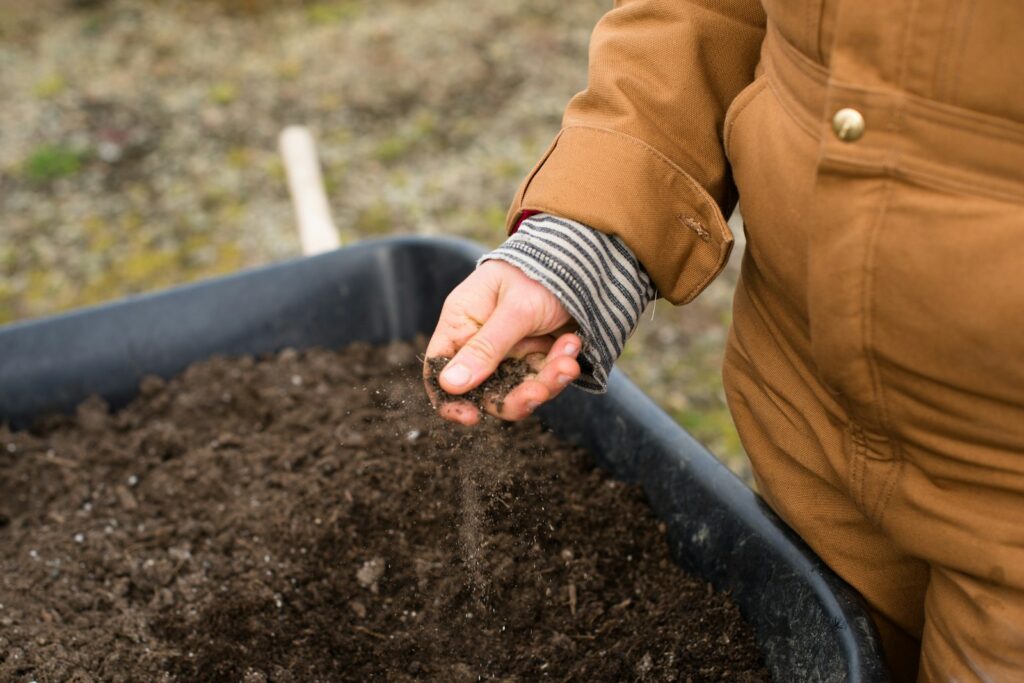
Spread a layer of compost, about one to two inches thick, over your garden beds in the fall. Compost adds nutrients that help plants grow strong and healthy.
As compost breaks down over winter, it feeds the soil and improves its texture. This makes it easier for roots to grow and holds moisture better.
Using compost is a great way to recycle plant material from your kitchen or yard. It’s a natural boost for your garden beds.
Spread compost gently, taking care not to disturb the soil too much. This keeps the soil structure intact and helps beneficial organisms thrive.
Plant cover crops like clover or rye to improve soil health
Planting cover crops such as clover or rye in the fall can do wonders for your garden soil. These plants grow quickly and protect the soil from erosion during winter.
Clover adds nitrogen to the soil, giving your plants a natural fertilizer boost for spring. Rye’s deep roots help break up compacted soil and improve its structure.
Cover crops also make it harder for weeds to take over. They block sunlight and take up space, so weeds have less chance to spread.
In spring, you can cut down the cover crops and mix them into the soil. This adds organic matter and feeds helpful soil organisms.
Apply mulch to protect soil from erosion and temperature swings
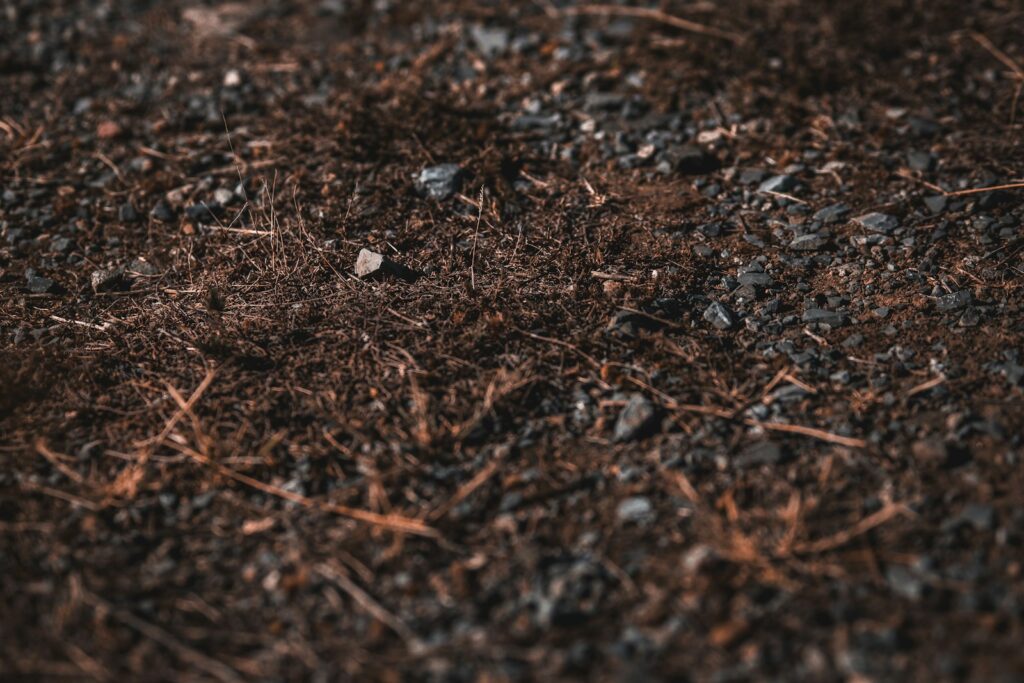
A layer of mulch in the fall helps keep your garden soil in place during rainy weather. It also prevents soil from washing away and keeps beds healthy for spring.
Mulch keeps the soil temperature steady, protecting plant roots from sudden temperature changes. This means less stress for your plants as the seasons shift.
Spread mulch about two to four inches thick over your garden beds. Leave a little space around plant stems to avoid too much moisture buildup.
Organic materials like leaves, straw, or shredded bark work well as mulch. As they break down, they add nutrients to your soil.
Mulch keeps soil moist longer and reduces how often you need to water. It also helps prevent weeds from sprouting, which means less work for you later.
Remove weeds to reduce pest habitats
Weeds can give pests a place to hide during winter. Clearing them out in the fall makes it harder for insects and other pests to stick around.
Pull weeds by hand or use a hoe to clear the bed. Be sure to get the roots so they don’t grow back.
Removing weeds now also stops them from spreading seeds for next year. A clean bed means fewer problems when spring comes.
Incorporate organic amendments such as bone meal or kelp meal
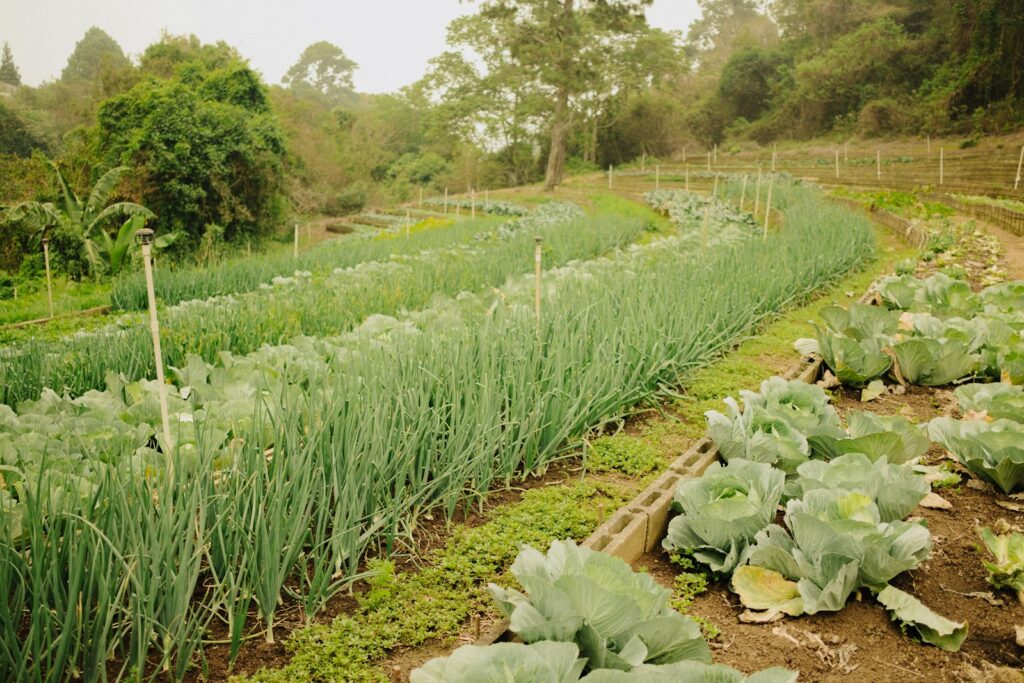
Adding organic amendments like bone meal or kelp meal in the fall gives your soil a nutrient boost for spring. Bone meal provides phosphorus, which encourages strong root growth.
Kelp meal adds minerals and improves soil texture. It also supports beneficial microorganisms that break down organic material.
Work these amendments into the top layer of soil. They break down slowly and help your plants grow stronger year after year.
Loosen compacted soil with a garden fork or tiller
If your soil feels packed down, use a garden fork to break it up. Push the fork’s tines into the soil and gently rock it back and forth.
For really dense soil, a tiller can help turn it over and break it into smaller pieces. Just be careful not to overdo it, as too much tilling can harm soil structure.
Loosening the soil in fall gives it time to settle before spring. It also helps water soak in and makes it easier for roots to grow.
Plan your spring garden layout now
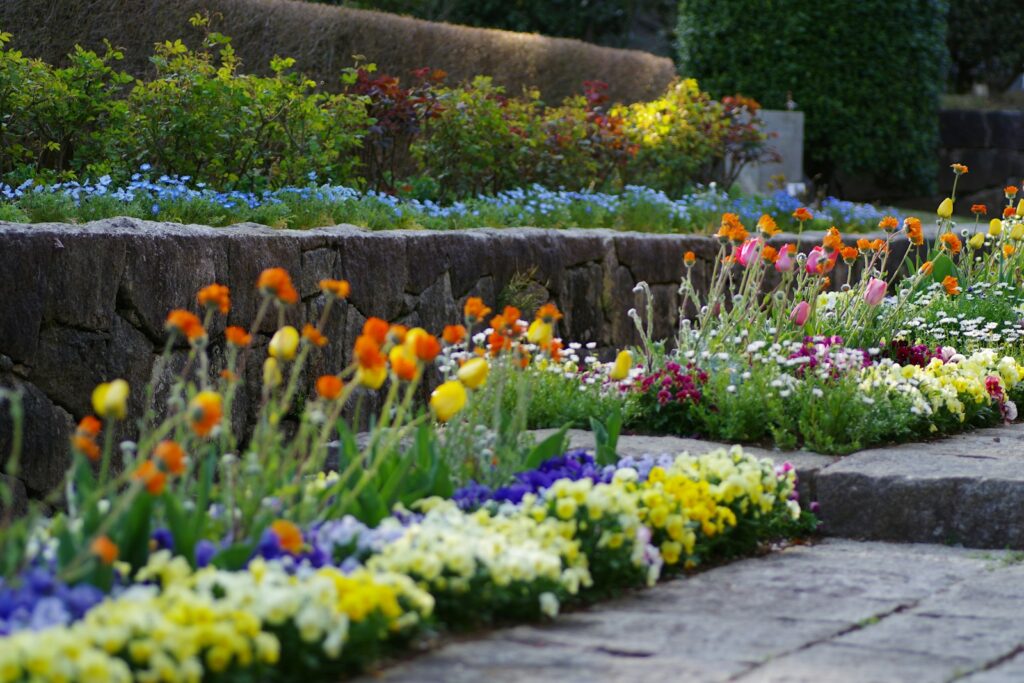
Think ahead about what you want to grow next spring. Make a list of your favorite plants and check how much space each one needs.
Notice how much sunlight different parts of your garden get. Put sun-loving plants where they’ll get plenty of light, and shade-tolerant ones in cooler spots.
Draw a simple map of your garden beds. Mark where each plant will go to keep things organized and avoid overcrowding.
Planning now helps you get seeds and seedlings on time. You’ll be ready to hit the ground running when spring arrives.
Collect fallen leaves to use as mulch or compost material
Fall leaves are a goldmine for your garden. Instead of bagging them up, collect them to use as mulch or compost.
Shred or chop the leaves before spreading them around your plants. This helps them break down faster and keeps soil moist.
Add leaves to your compost pile to balance green materials. Over time, you’ll have rich compost to feed your garden beds.
If you have lots of leaves, pile them in a shady spot to make leaf mold. Leaf mold improves soil texture and helps it hold water.
Using fallen leaves this way cuts down on waste and gives your garden a natural boost.
Understanding Soil Health in Autumn

Soil is more than just dirt. It’s full of life and needs care in autumn to stay fertile for spring.
Paying attention to what’s happening underground now will set your garden up for success.
The Role of Microorganisms
Microorganisms like bacteria and fungi break down dead plants and add nutrients to the soil. In autumn, they become especially active thanks to cooler temperatures and extra moisture.
Adding compost or mulch in the fall gives these tiny helpers something to work with. Healthy microorganisms keep soil balanced and can even help fight off pests and diseases.
Leaving a bit of plant residue in your garden beds can support these microscopic workers. Without enough microorganisms, your soil may struggle to support new growth in spring.
Avoiding Common Soil Mistakes
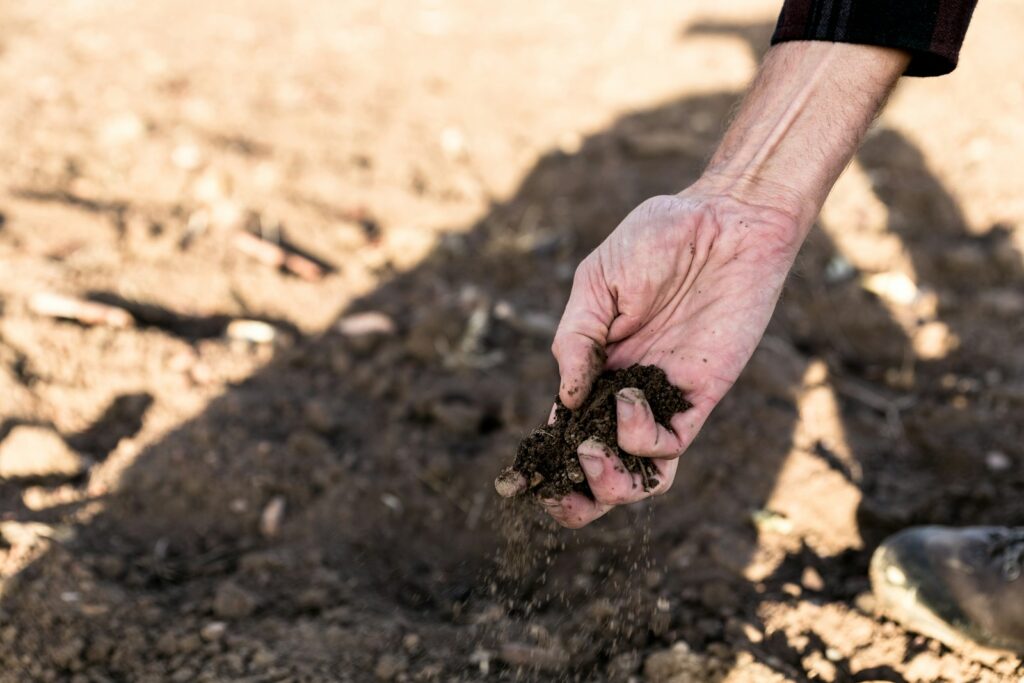
Disturbing the soil too much in fall can harm microorganisms and wash away nutrients. Gentle methods like adding compost or cover crops are better.
Ignoring soil testing is another common mistake. Without knowing your soil’s needs, you might add the wrong amendments or waste fertilizer.
Leaving garden beds bare over winter can lead to erosion or dry, lifeless soil. Mulch or cover crops help protect and feed your soil through the cold months.
Timing and Climate Considerations

Knowing when to start and how to adjust for your local weather can make a big difference. Timing your work right helps your garden beds recover and get ready for spring.
Best Time to Start Preparing
Begin preparing your garden beds in late fall, after most plants have finished growing. This is usually a few weeks before your first hard frost.
Starting too early can leave soil exposed to heavy rain or erosion. Waiting until late fall lets you add compost and organic matter without losing them to runoff.
Clearing debris, removing dead plants, and loosening the soil now saves time when spring planting comes. Early work also helps reduce pests and diseases hiding in old plant material.
Adapting to Local Weather Conditions

Garden prep looks different depending on where you live. If you’re in a colder area, it’s best to get outside after the first frost but before the ground freezes solid.
This timing gives you a chance to work the soil and add mulch to protect roots during winter. In milder or southern climates, fall prep can start earlier since frost comes later or not at all.
You’ll still need to clear beds and add organic matter, but your timing will depend on local rainfall and temperature patterns. It helps to keep track of these changes each year.
Using a simple chart can make planning easier:
| Climate Zone | Prep Start Time | Key Notes |
|---|---|---|
| Cold (Canada, N. US) | Late October – Nov | Finish before soil freezes |
| Temperate (Mid US) | Late Oct – Early Nov | Watch for first frost |
| Mild (South US) | Early Oct – Late Oct | Prepare before rainy season arrives |

